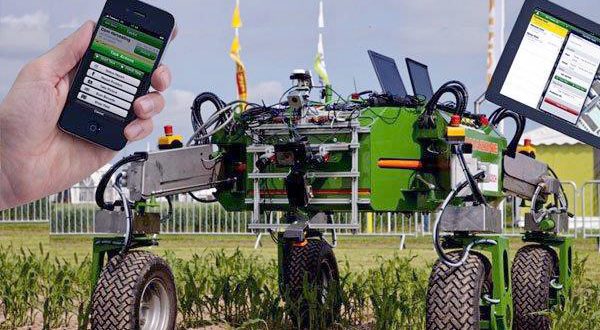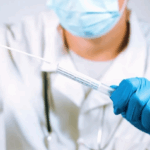Farms have changed a future in the last 50 years. Farms are more extensive livestock lives grown inside, yields are higher, less manual labor is needed, and lives are not familiar to see dairy cows, beef, cattle, pigs, and poultry on the same farm. Livestock Genetics breeding. Improving livestock species is not a new practice.
Early farmers nominated livestock for their change to specific climates and bred them to enhance productivity, temperament, and meat, leather, and wool quality. While the practice is not new, the technology used to improve livestock genetics and species of animals changed in current years.
Monitoring and holding crop irrigation system through a smartphone
Mobile technology has an essential role in monitoring and controlling crop irrigation systems.
With this modern technology, an agriculturalist can control irrigation systems from a phone or computer rather than driving to each field.
Dew sensors in the ground can convey information about the level of wetness present at specific depths in the soil.
Ultrasounds for livestock
Ultrasound is not only checking on baby animals in the womb. It also can be used to find what rate of meat power is found in an animal before it goes to the market. In addition, the testing DNA helps identify animals with good pedigrees and other desirable qualities. This report supports the farmer in improving the quality of his flocks.
Usage of mobile technology and cameras
Some farmers use apps like Foursquare to keep checks on employees. They also set up cameras around the farm. Livestock managers are wiring up their barn feedlots and fields with cameras that send pictures back to the central location like an office or home computer. So they can keep a nearer eye on the animals when they are away or home for the night.
Crop sensors
Crop sensors help drive fertilizers in a very effective manner, maximizing uptake. In addition, they sense how your crop is handled and lessen the possible leaching and runoff into groundwater.
Instead of making a medicine fertilizer map for a field before you go release to use it, crop detectors tell the application tools how much to apply in real-time.
Optical sensors can see how much fertilizer a plant may require based on the amount of light reflected by the sensor.
Vision about modern agriculture
Nearly everyone working on the future of modern agriculture focused on efficiency. A wide range of technology will promote the change of modern agriculture in the field. Some technology already developed for other areas adapted to the current agricultural domain autonomous vehicles, artificial intelligence, and machine vision.

















